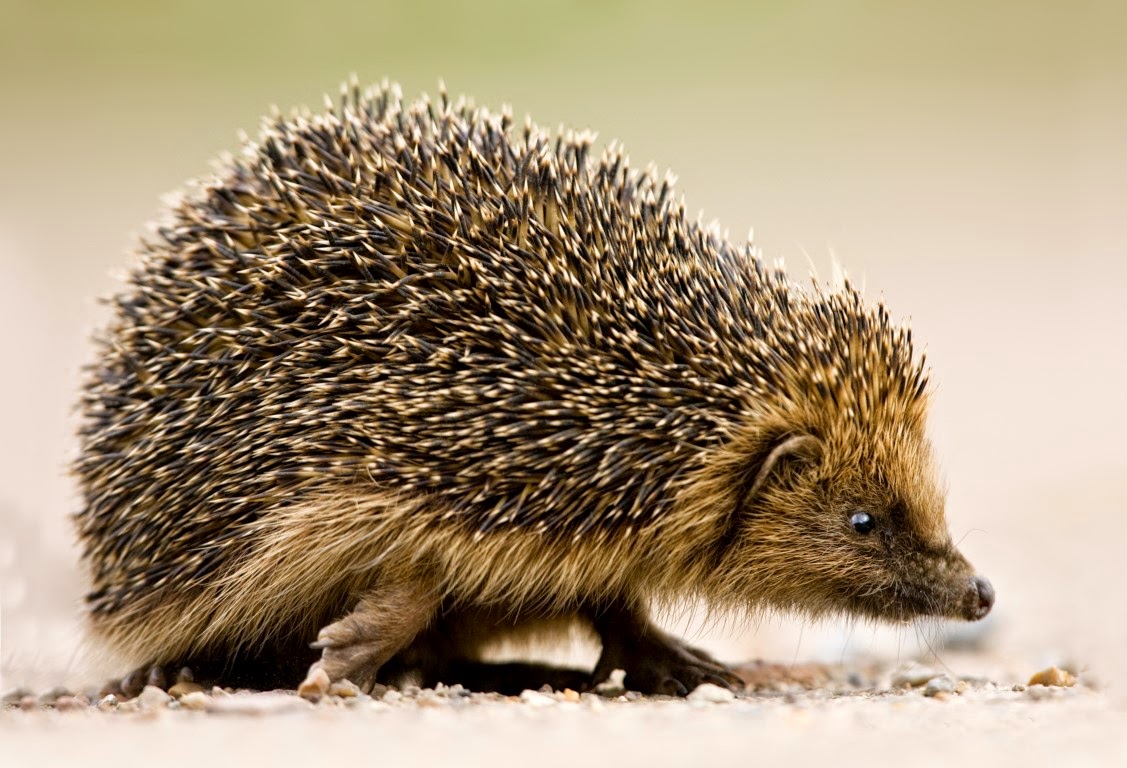Stand outside on a clear night in November and let your mind reach into the doings and beings of the wild world. Overhead in the vastness and blackness of the sky are the sounds of thrushes on the move, birds retreating from the Scandinavian and Siberian cold as winter grips the boreal forests in which they bred. The night flight call of the redwings above you is a fine fizzling lisp, striping through the dark sky like a shooting star. The fieldfares with them have a choppier flight and a choppy call to go with it: a squelchy chuck-chuck like wellies sprung from wet mud. Listen carefully and you may hear the bright tick of a song thrush too, southbound in the night on wings from the forests of the north.
 |
| Tawny Owl, photo by Julian Thomas |
If the air is mild the woods’ edge may yet be crisscrossed by a million calls too high for human ears to hear. British bats begin their hibernation now – putting themselves on standby through the harsh, insect-scarce middle winter – but may still be on the wing and feeding in November. The cobweb of sound they cast across the night may only be heard by us with the help of a bat detector, which translates their too-high talk into sound we can hear; each species of bat with a distinctive purr, trill or rattle in the sounds the machine makes.
 |
| Bat, photo by Mark Ollett |
The other mammals in Norfolk’s night may only roam where their legs will take them and are guided more than any other sense by scent. We primates, with our forward-pointing eyes, dulled noses and half-dulled ears, are designed for the day. (We even say, ‘Oh I see,’ when we mean we understand.) Most mammals though, especially those active at night, navigate the cobweb of meaning spun over woods and fields by smell. Simon Barnes expresses this magnificently in his How to Be a Bad Birdwatcher: ‘If you were to write a novel for a dog, it would have to be written not in sound symbols, like the words you are reading now, but in smell symbols.’
 |
| Hedgehog, photo by Peter Mallett |
As you retreat to your warm bed beneath the eaves and beneath the covers, take with you this wild November night and the creatures which inhabit it. For over your roof the thrushes stroke the starred sky, down the lane the male owl’s muted hoots lay claim to a territory of trees, and in the twitch of a stoat’s nose is life lived and life lost.
Find out more about Norfolk’s wildlife. Norfolk Wildlife Trust’s Wildlife Information Service is here to answer any questions or identify your species pictures.




.jpg)